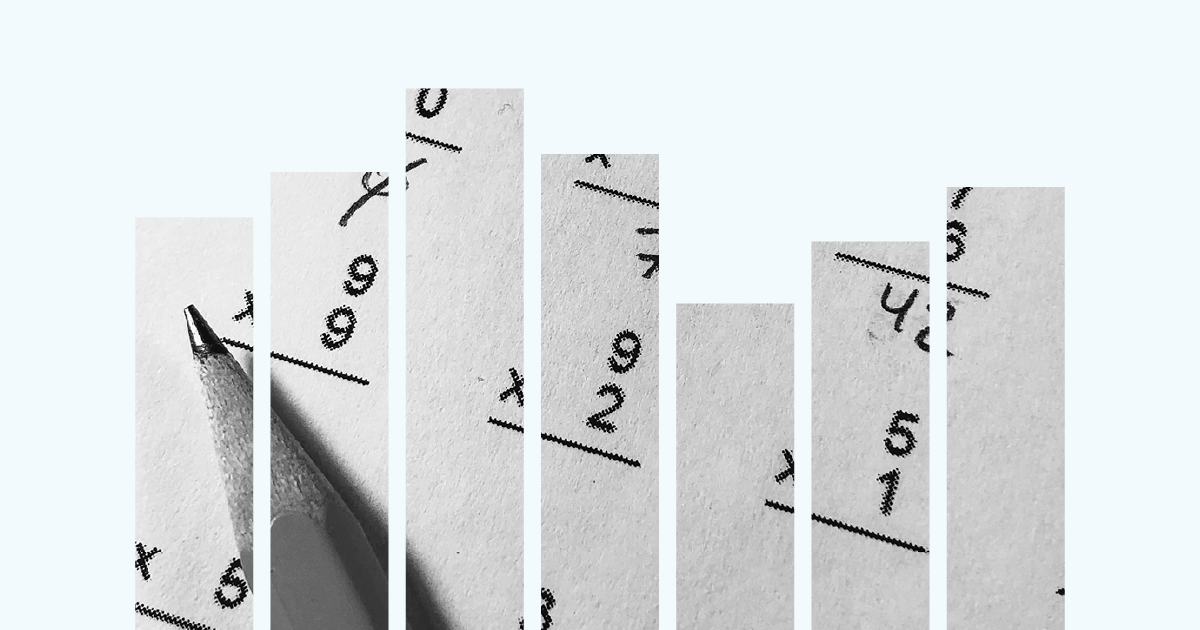Education
COVID disrupted decades of progress in math and reading

Education
Education
The share of students at or above a proficient level in reading dropped from 33.6% to 30.8% and from 33.9% to 26.5% in math.
Education
This is partly due to school enrollment dropping in the pandemic and follows 10 consecutive years of a student-teacher ratio between 15.9 and 16.1. Several factors affect the student-teacher ratio, including class sizes, the number of classes educators teach, and the number of special education teachers.
Education
Spending per student varies across states — in 2019, it ranged from $9,428 in Utah to $28,754 in New York. Many factors influence per-pupil spending, including salaries, benefits, and supplies across functions such as instruction, administration, and operations and maintenance.
Education
Among Black and Hispanic students who entered high school in 2010, the share who earned a four-year degree by 2020 was lower than the overall student rate — less than 14% for either group.
Education
Black families’ student loan balances rose 96% between 2010 and 2019, compared to 44% for all families. Preliminary findings from Federal Reserve economists indicate that various factors contribute to higher student loan debt for Black borrowers, such as remaining in school longer and being more likely to attend for-profit colleges.
Education
Asian Americans consistently have the nation’s highest levels of education; as of 2021, more than two-thirds have at least an associate degree.
Education
Wages for workers with only a high school diploma have fallen since 2000, while wages for people with at least a bachelor’s degree ticked upward.
Explore the Big Picture